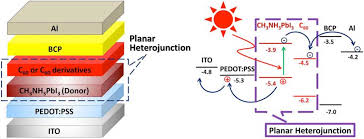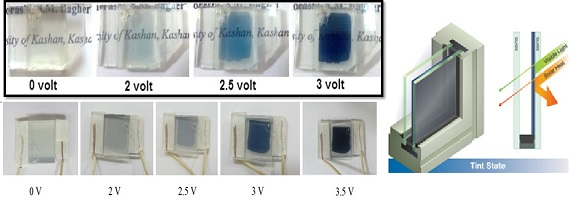| نویسندگان | الهام کریمی,سیدمحمدباقر قریشی |
|---|
| نشریه | J ELECTRON MATER |
|---|
| شماره صفحات | 1 |
|---|
| شماره مجلد | 48 |
|---|
| ضریب تاثیر (IF) | ثبت نشده |
|---|
| نوع مقاله | Full Paper |
|---|
| تاریخ انتشار | 2019-11-14 |
|---|
| رتبه نشریه | علمی - پژوهشی |
|---|
| نوع نشریه | الکترونیکی |
|---|
| کشور محل چاپ | ایران |
|---|
| نمایه نشریه | JCR |
|---|
چکیده مقاله
This paper aims at the efficiency of perovskite solar cells studied through Analysis of Microelectronic and Photonic Structures (AMPS) software and the Solar Cell Capacitance Simulator (SCAPS) simulation software programs. The programs serve to determine how the thickness of HTM, ETM and perovskite absorber layers affects the solar cells performance. Also, an investigation is conducted on how working temperature, electron density concentration and perovskite defect density affect the fill factor (FF), performance (PCE), short-circuit current density (JSC), and open-circuit voltage (VOC). Then, J-V characteristics are calculated using ZnO and SnO2 as two types of ETM. The results show optimal values for the thickness of HTM, ETM and absorber layers. It is also indicated that an increase in the defect density of perovskite can reduce the performance of solar cells. Another important finding of the study is that ZnO can possibly replace the expensive SnO2 for better ETM conversion performance.




